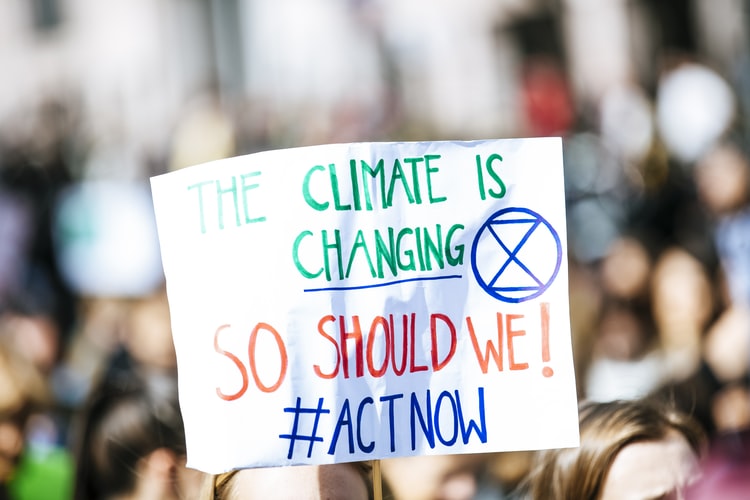Climate change is one of the most pertinent issues of our generation. With occasions of extreme weather increasing and our landfills reaching breaking point, it’s clear that something has to change. Protests such as the Extinction Rebellion and School Strike for Climate Change, led by teen activist Greta Thunberg, brought the issue to the international stage last year, and governments seem to finally be taking it seriously – when they’re not denying it’s a real thing.
The current coronavirus crisis has highlighted the positive impact reducing air traffic can have on the environment and has led to us all reconnecting with the great outdoors – although it’s yet to be seen whether this new found appreciation of the natural world will continue in a post lockdown world, But could Big Data hold the key to solving some of our environmental issues? Here are a few ways data and analytics can help
Help Us Cut Down on Deforestation
From analysing data from satellites we know that we lost the equivalent of 40 football fields worth of forest each minute last year. Deforestation is a key element of climate change, as trees are pivotal to the balance of our atmosphere – as well as home to thousands of species of wildlife. One of the biggest causes of deforestation is food production. To truly understand the problem, and find a solution, we need to understand where the food is coming from and where it’s going to.
Platforms like Trase connects independent data sources – like shipping data and trade contracts – to give insight into the trade flows of foodstuffs like soy and palm oil, which are responsible for two-thirds of tropical deforestation. The aim of the platform is to bring transparency to our global supply chains so governments and businesses can identify opportunities for more sustainable processes.
Understanding Rising Sea Levels
Due to rising global temperatures, ice caps are melting and as a result, our sea levels are increasing all the time. This not only increases the risk of flooding but it means some coastal towns – including major cities like Miami, will eventually be totally submerged by water if things don’t change.
Surging Seas – a tool developed by Climate Central – a nonprofit, independent organisation – uses thousands of data points to accurately predict the impact of our rising sea levels. Users can access the interactive tool to see accurate sea levels at different places in the United States, view flood warnings, action plans, sea level patterns and historical data. This not only helps give a holistic view of the problem but can also allow councils and individuals to plan effectively for the future
Pushing for Change
One of the biggest uses of big data is to prove the need and the benefit of investing in sustainability projects. Going green costs money, and businesses and governments alike are reluctant to part with their cash, even in the face of a global climate disaster. Data analytics can go a long way when trying to lobby for change and funding.
A great example of this is a recent prize-winning piece of research from professors in California and Mexico. Using 50 million data entries from Waze and Google Popular Times’ database, this project analysed Mexico City’s social and mobility patterns to suggest optimised electro mobility routes, The team estimated that their suggested policy would reduce CO2 emissions from transportation by 22%. Officials in Mexico are now considered changing their electro mobility routes due to the findings of the research project.

